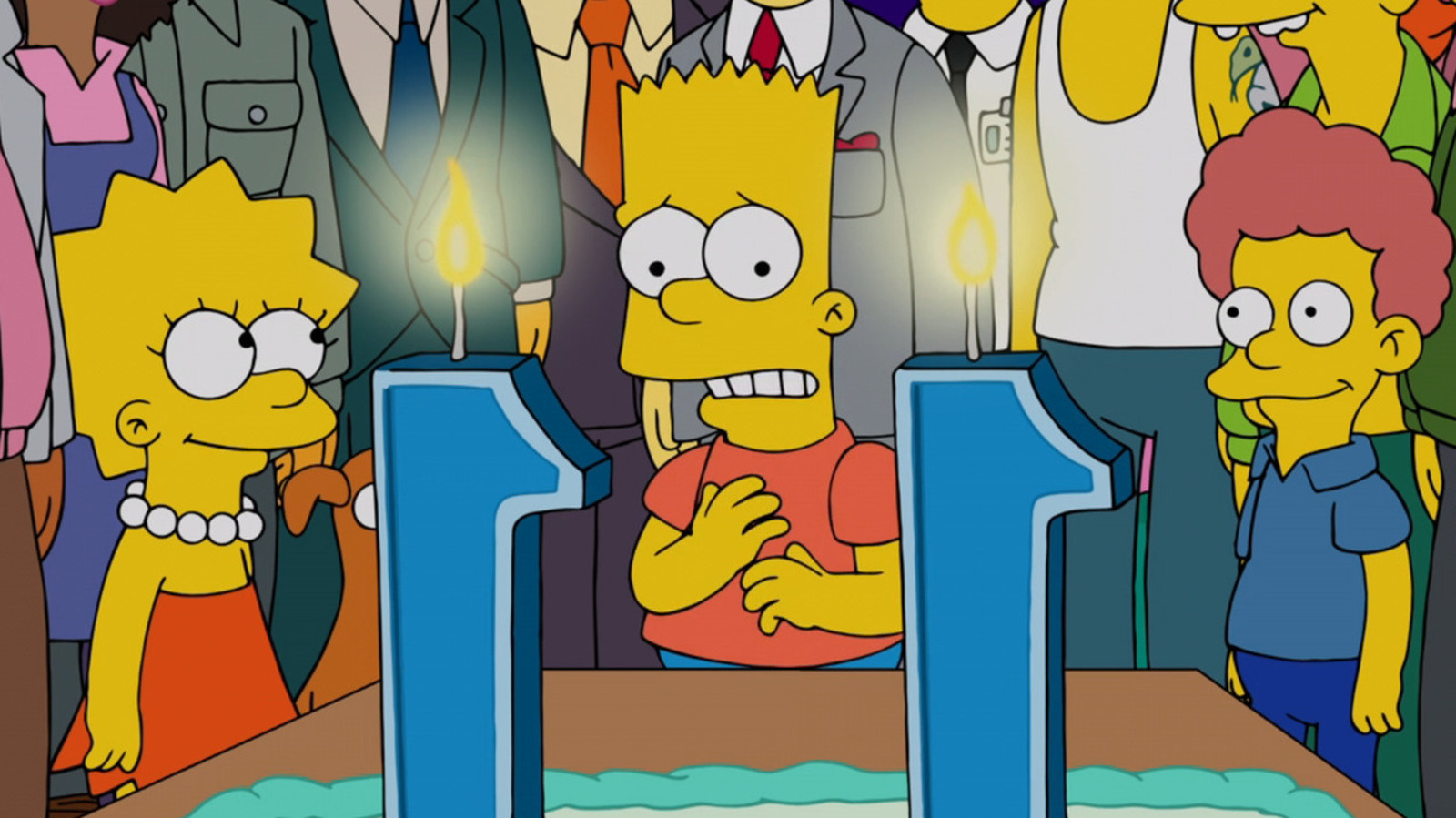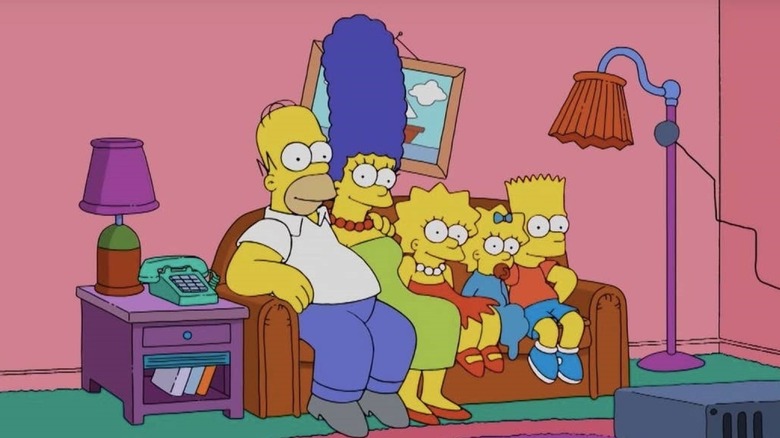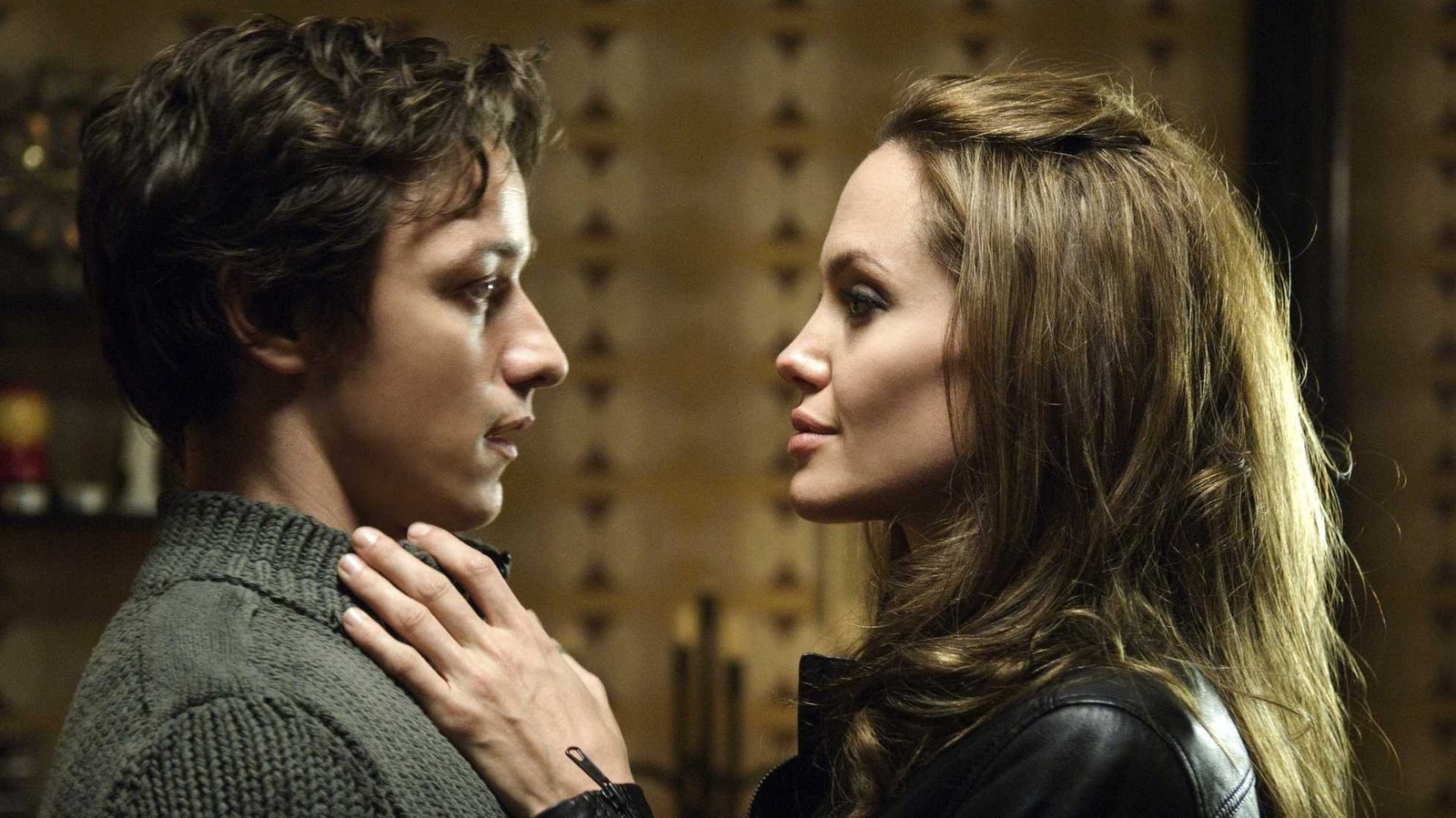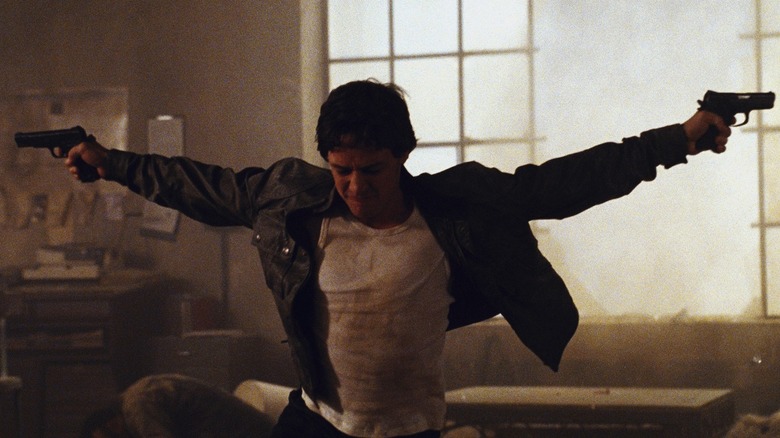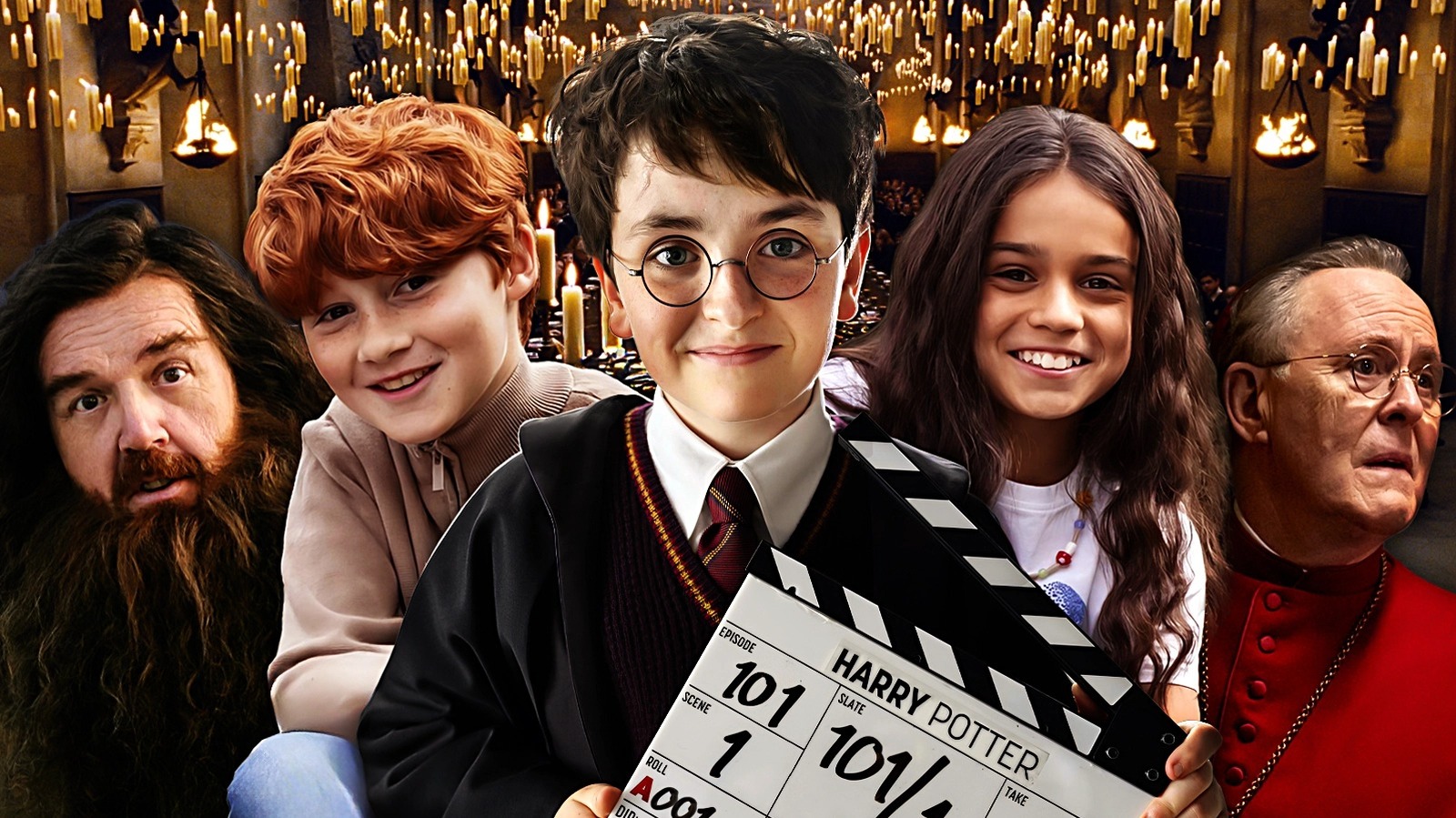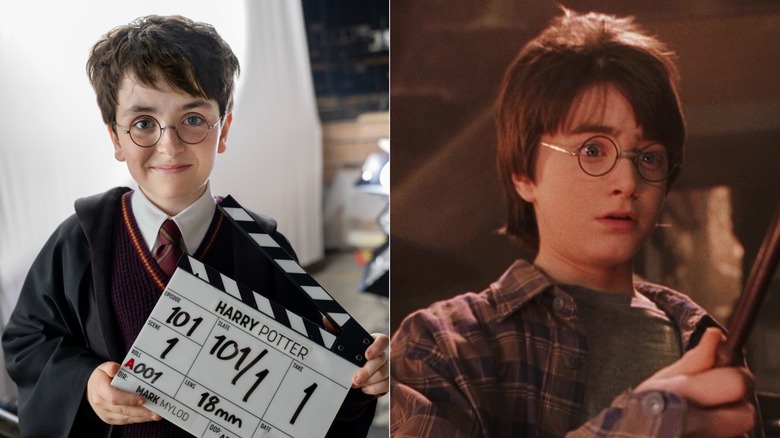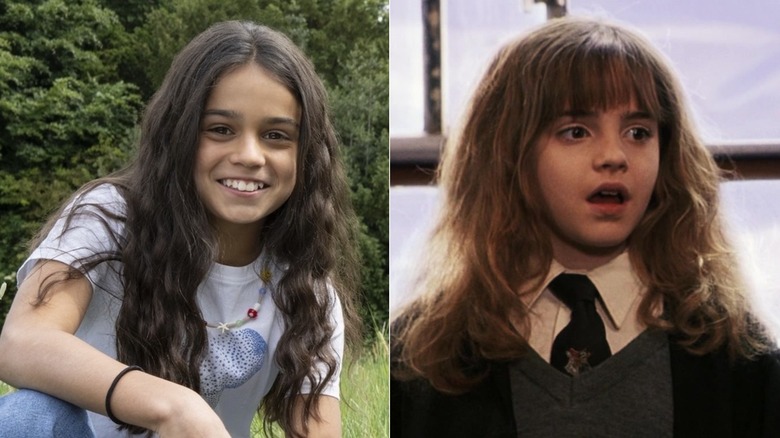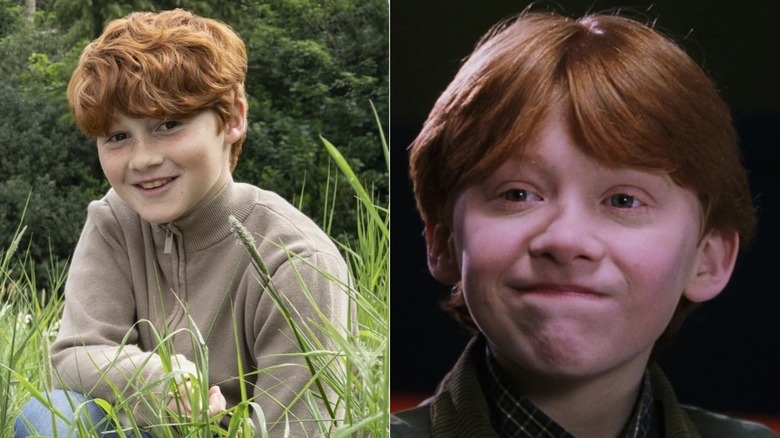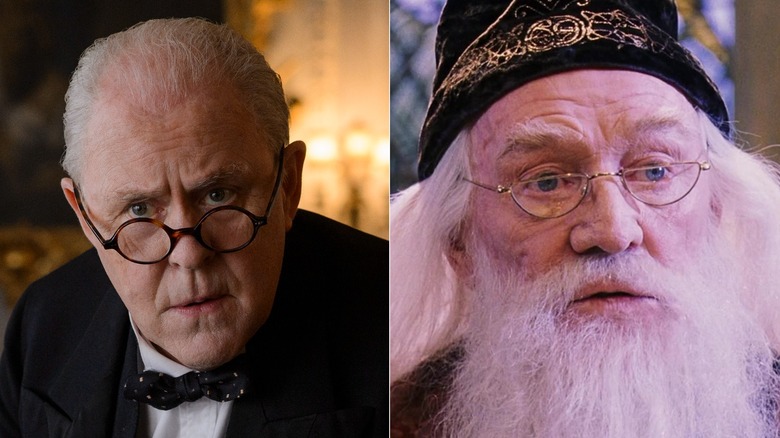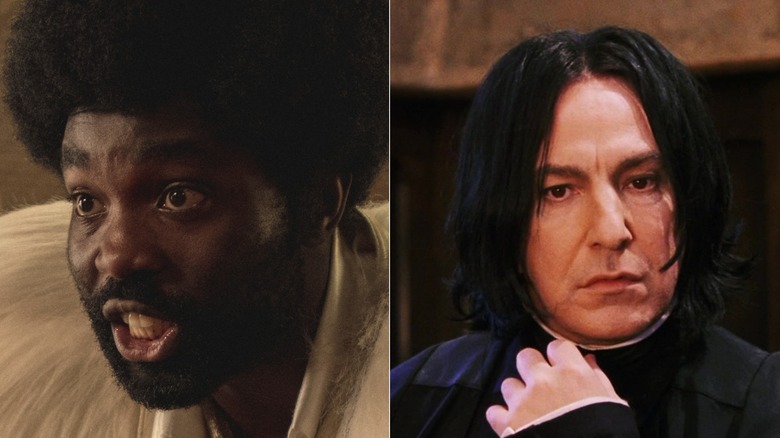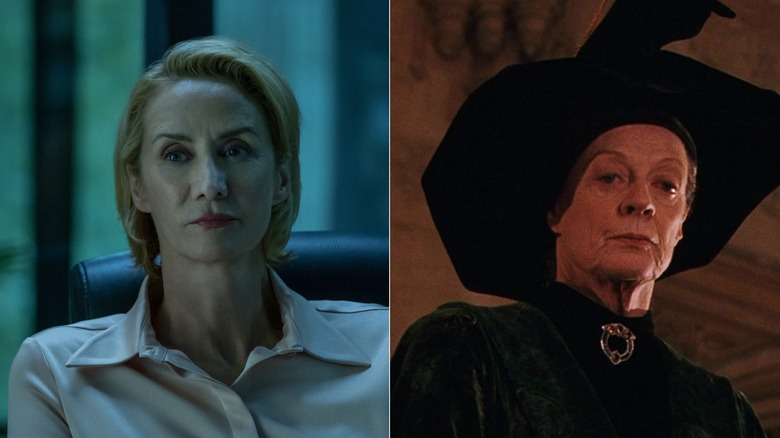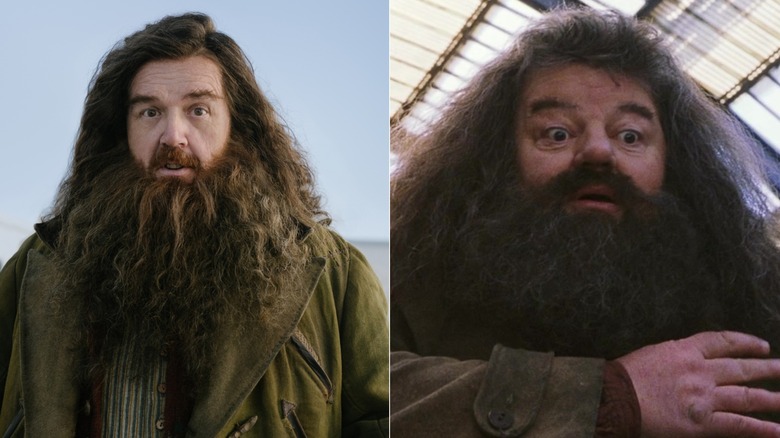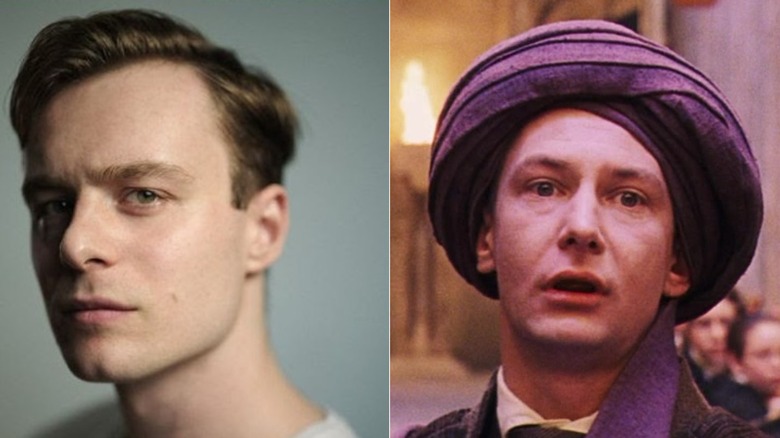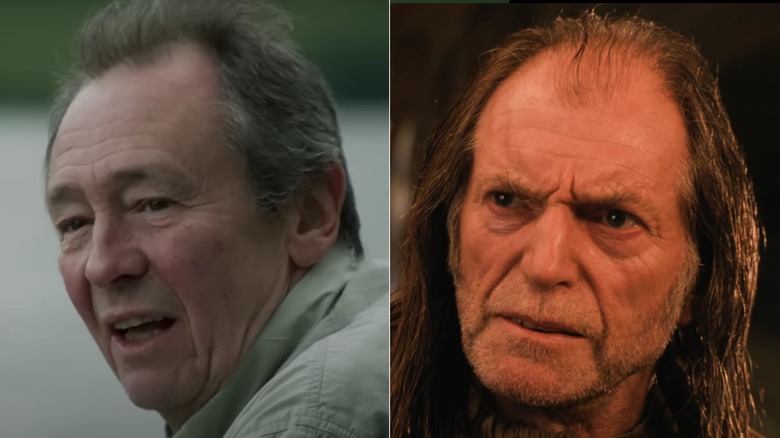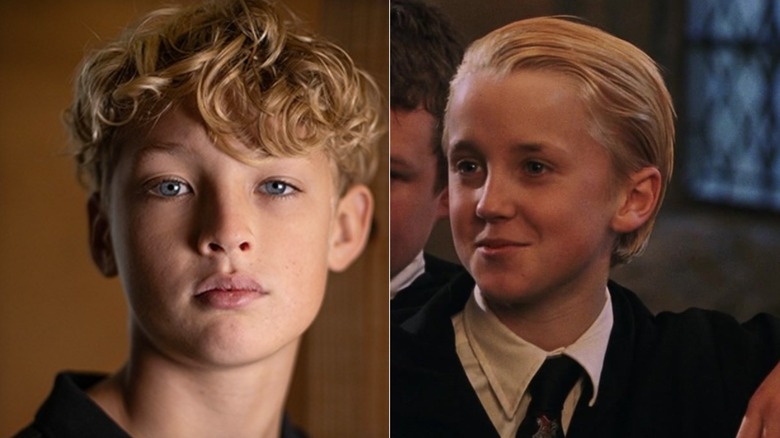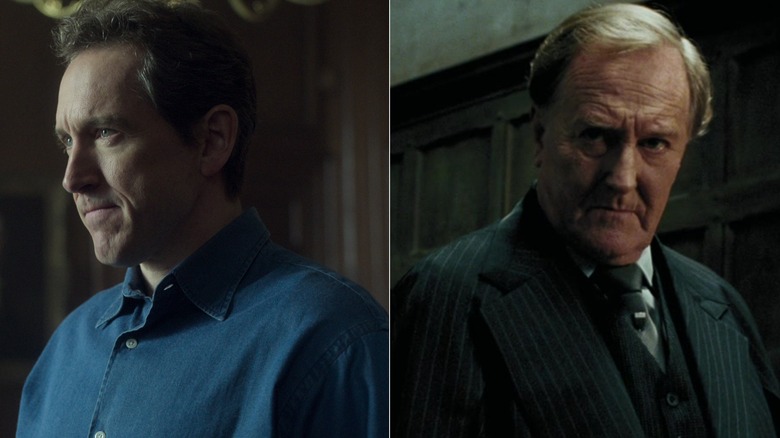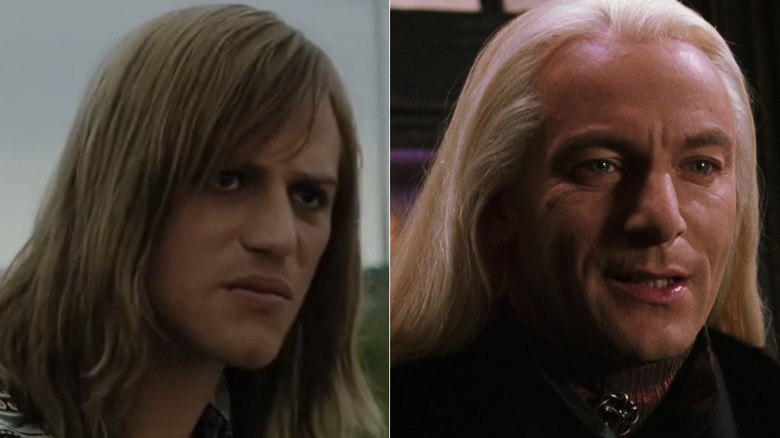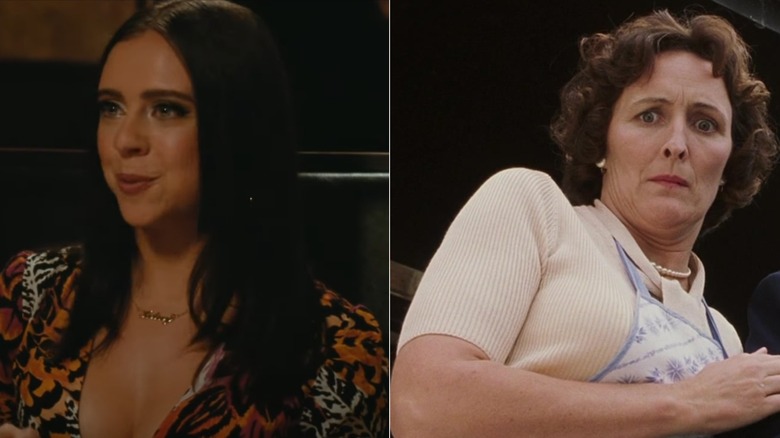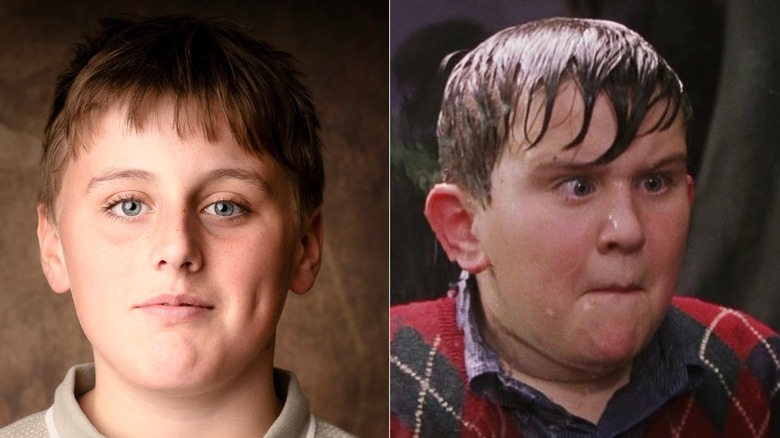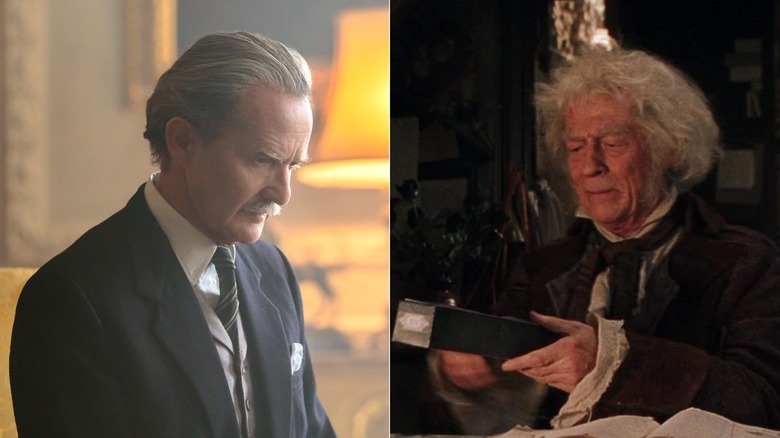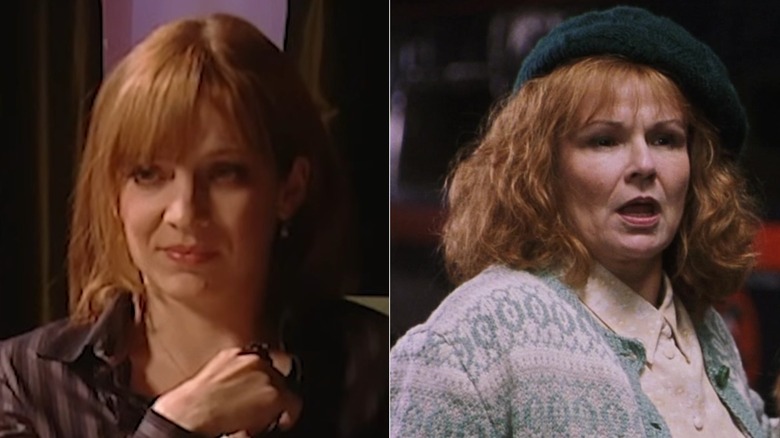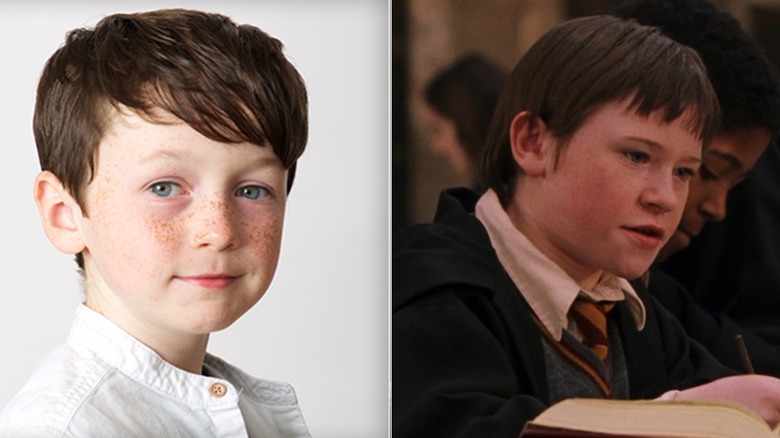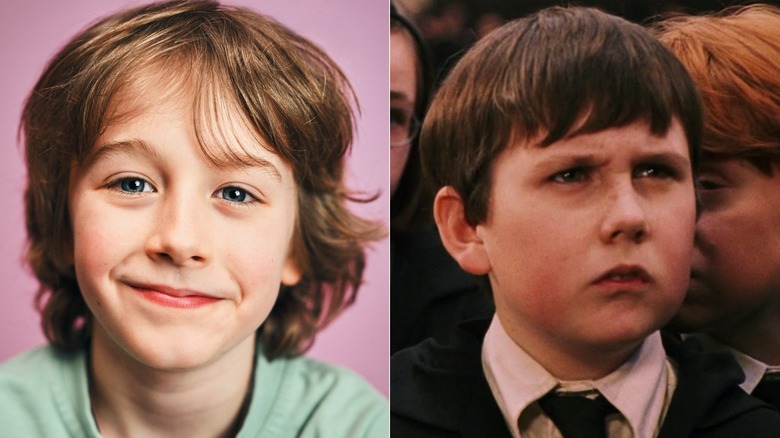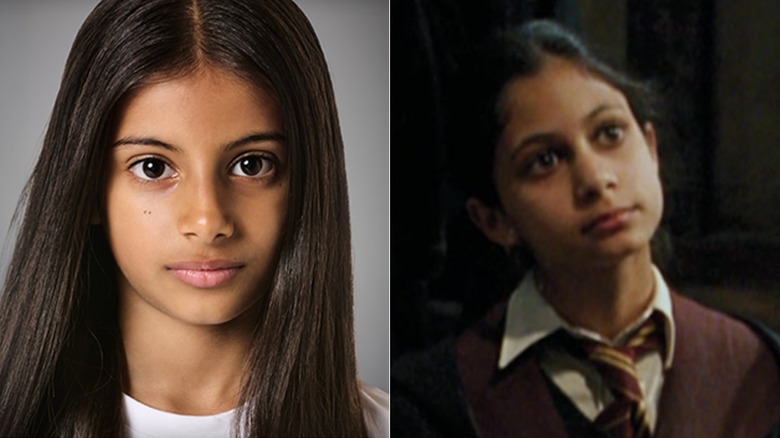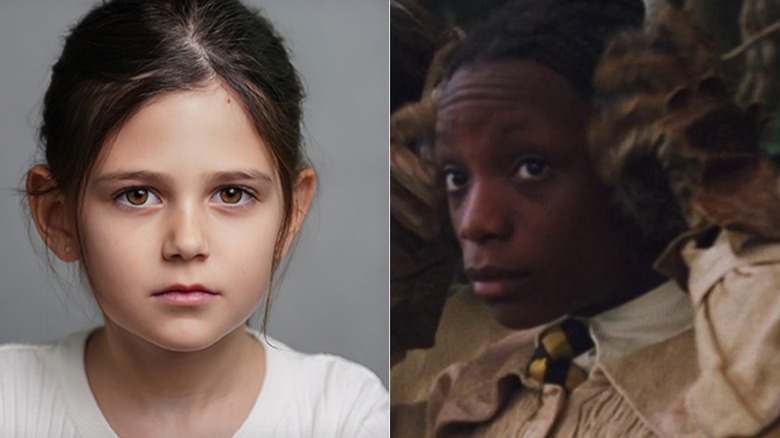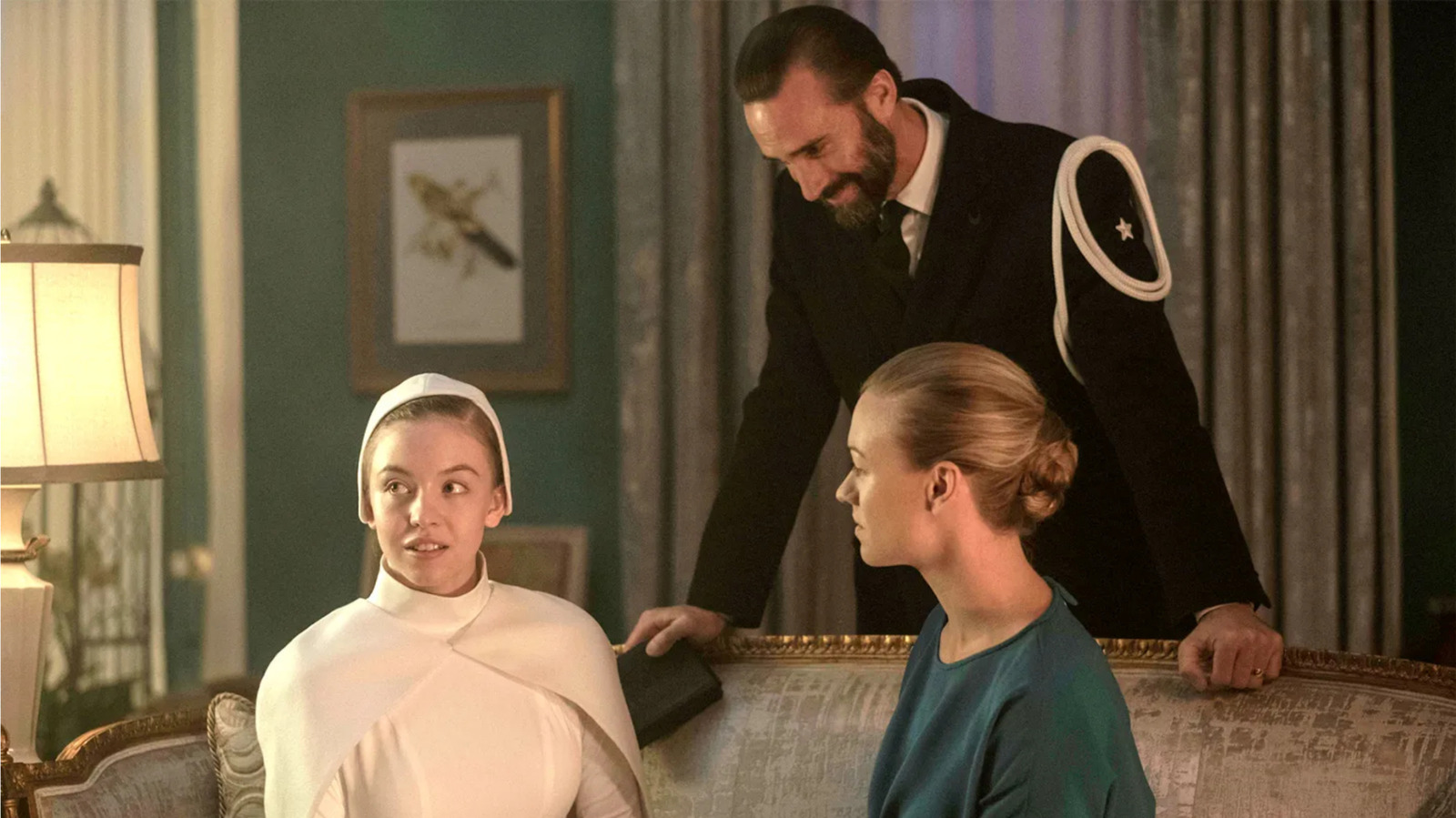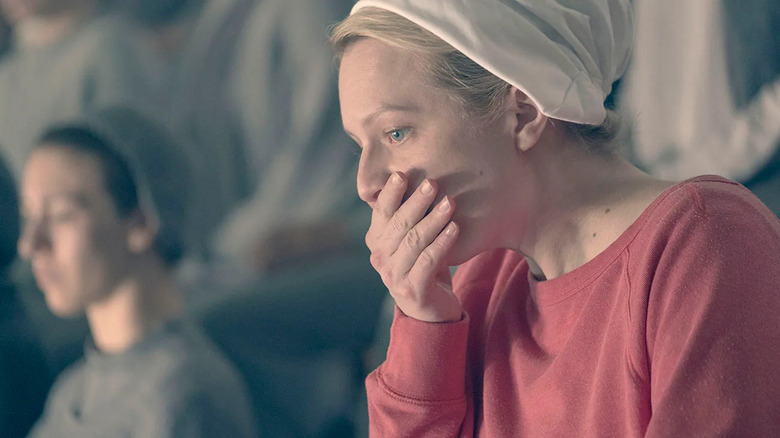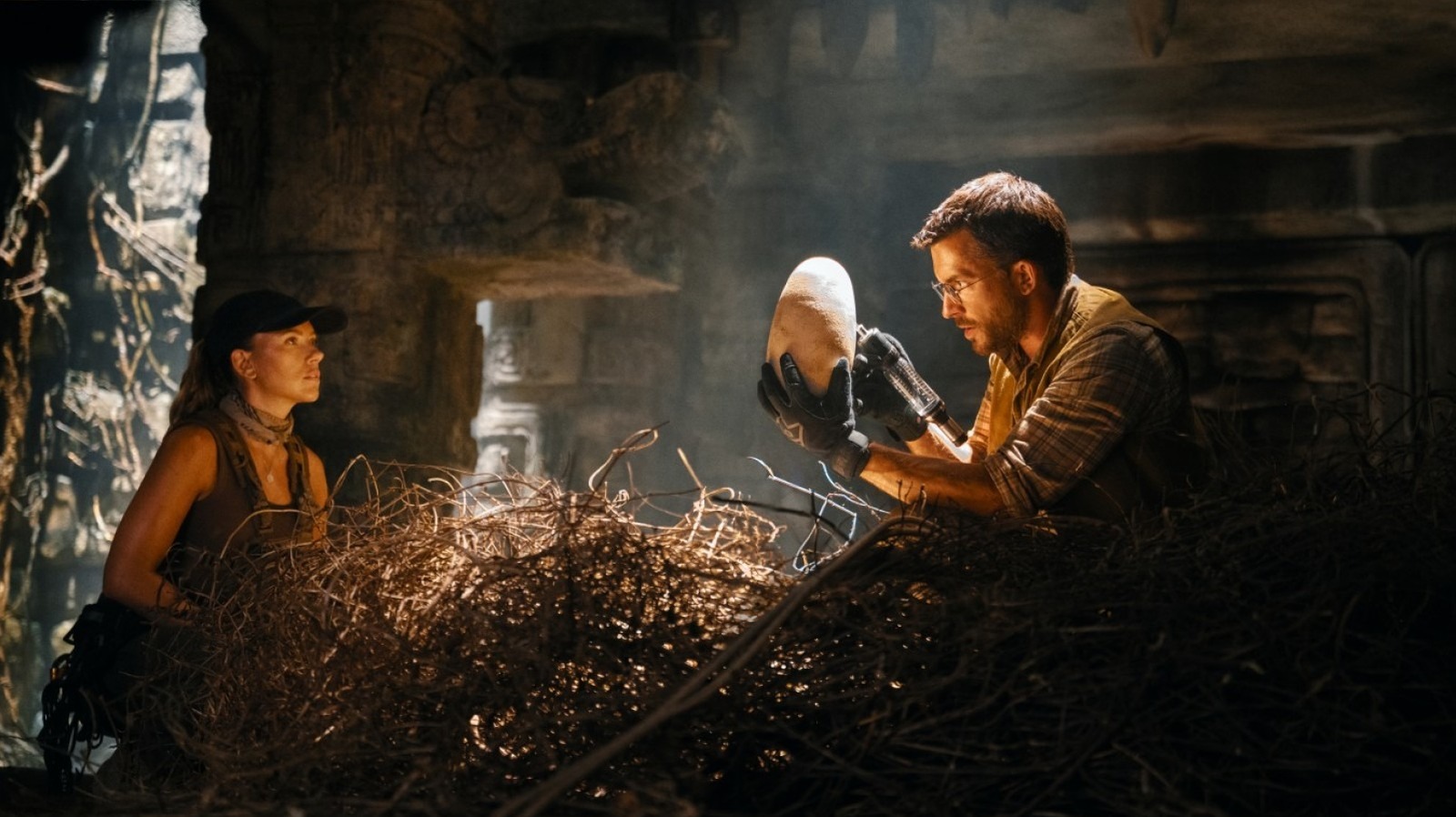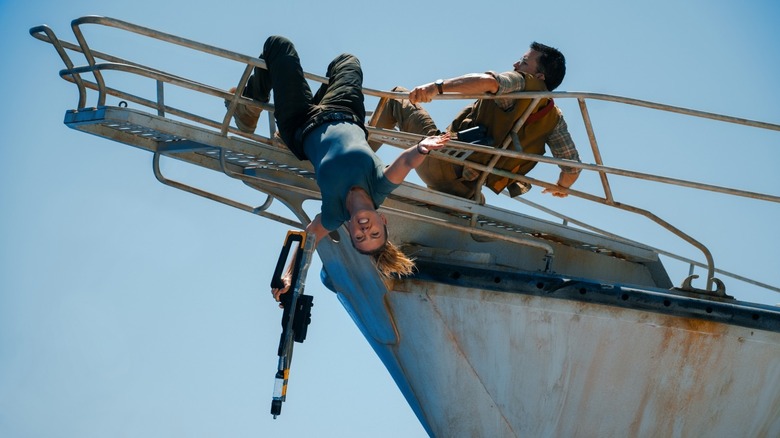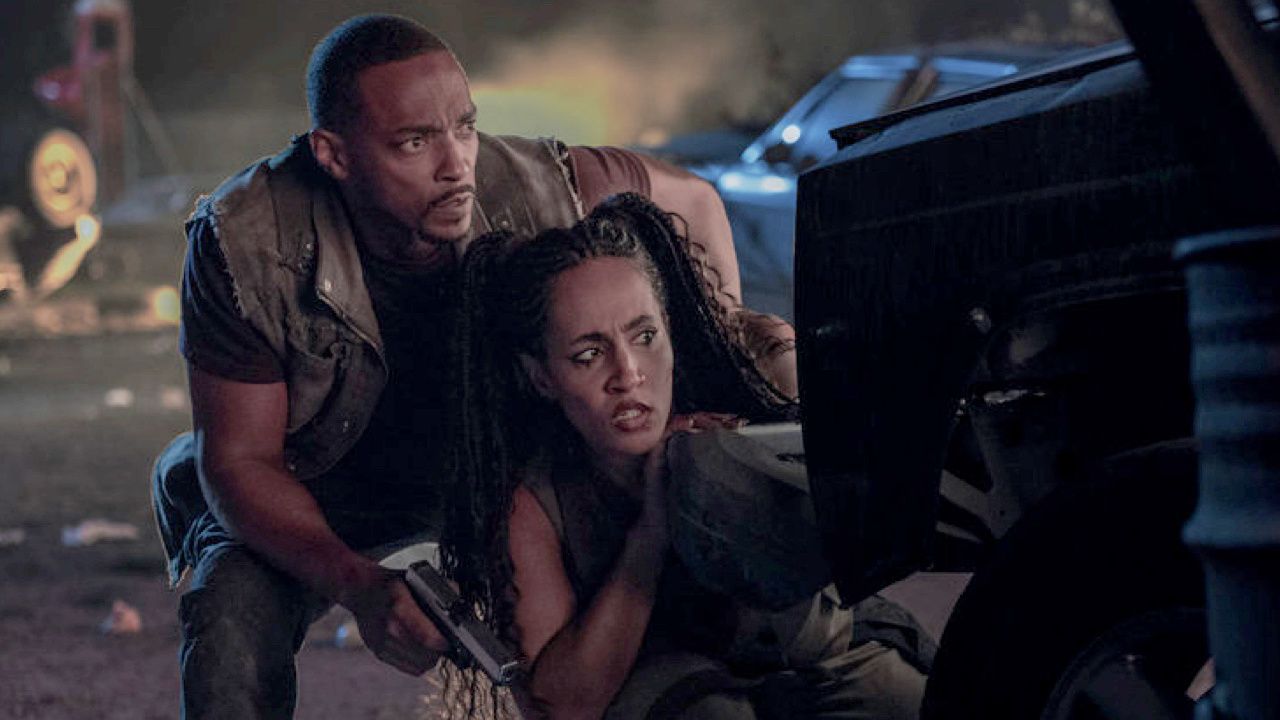
TV Review: ‘Twisted Metal’ Season 2
(L to R) Tiana Okoye as Dollface, Anthony Mackie as John Doe in ‘Twisted Metal’ Season 2. Photo: Pief Weyman/PEACOCK.
‘Twisted Metal’ Season 2 receives 7.5 out of 10 stars.
Arriving on Peacock on July 31st with the first three episodes (and new episodes landing every Thursday through August 28th), ‘Twisted Metal’s second season drives in with the same level of chaotic brio as with the first.
Starring Anthony Mackie (‘Captain America: Brave New World’), the cast also includes Stephanie Beatriz (‘Encanto’), Anthony Carrigan (‘Barry’), Saylor Bell Curda (‘Walker’) and Tiana Okoye (‘The Valet’).
Related Article: Who Will Be on Sam Wilson’s Avengers Team in ‘Avengers: Doomsday’?
Initial Thoughts

(L to R) Mike Mitchell as Stu, Joe Seanoa as Sweet Tooth in ‘Twisted Metal’ Season 2. Photo: Pief Weyman/PEACOCK.
First launched in 2023, ‘Twisted Metal’ is a wild, wacky, violent and creative adaptation of the PlayStation vehicular combat game franchise.
Can Season 2, which returns stars Anthony Mackie and Stephanie Beatriz, alongside hulking killer clown character Sweet Tooth and a host of new characters keep up the momentum?
Script and Direction

Richard De Klerk as Mr. Grimm in ‘Twisted Metal’ Season 2. Photo: Pief Weyman/PEACOCK.
Overseen by showrunner Michael Jonathan Smith, the second season of ‘Twisted Metal’ smartly doubles down on the crazed style and tone that made the first work.
This is never going to be Shakespeare, but the writing team deftly juggles over-the-top violence and a few more emotional twists. The introduction of a new group of racers in a tournament storyline is also handled well.
Plus, if you were hoping that the directorial side of things was still as visually inventive and entertaining: good news!
Cast and Performances

(L tor R) Richard De Klerk as Mr. Grimm, Saylor Bell Curda as Mayhem, Andre De Kim as Chuckie Floop, Tiana Okoye as Dollface, Stephanie Beatriz as Quiet, Johnno Wilson as Dave, Anthony Mackie as John Doe, Mike Mitchell as Stu, Tyler Johnston as Deacon, Patty Guggenheim as Raven, Joe Seanoa as Sweet Tooth in ‘Twisted Metal’ Season 2. Photo: Pief Weyman/PEACOCK.
Mackie and Beatriz continue to make a complementary, their banter and relationship issues relatable in a world gone mad.
And yes, while Sweet Tooth is still a largely one-note character, that note is an amusing one.
Of the new recruits, Saylor Bell Curda makes the most impact as Mayhem, a young woman who crashes into our heroes’ lives and serves to bring some extra tension.
Anthony Carrigan, meanwhile, is fun as loopy guru Calypso, who throws the tournament on the promise of granting the winner’s big wish.
Neve Campbell’s Raven has been written out (budget cuts, which also explains a move from New Orleans to Canada), but the introduction of a whole group of Ravens, led by Patty Guggenheim (who stole scenes as Madisynn in ‘She Hulk: Attorney at Law’) works superbly to replace her.
Final Thoughts

Stephanie Beatriz as Quiet in ‘Twisted Metal’ Season 2. Photo: Pief Weyman/PEACOCK.
The second lap for ‘Twisted Metal’ is just as much fun as the first, and fans can be reassured that the flare for destruction tempered by humanity is just as present here.
In a world where video game adaptations are on an upswing, this deserves to score more attention, even if it’ll never reach the depths of, say, ‘The Last of Us’ (not that it aims to).
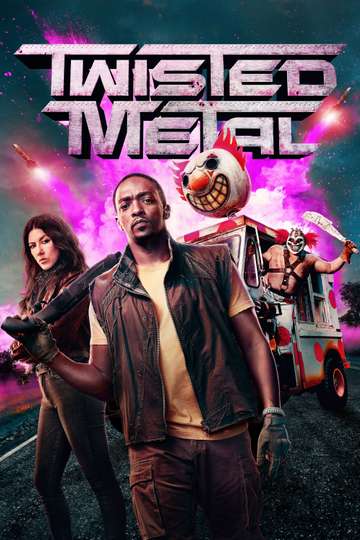
“The tournament is here. Game on.”
What’s the plot of ‘Twisted Metal’ Season 2?
Following the revelations in the season one finale, John (Anthony Mackie) and Quiet (Stephanie Beatriz) find themselves entering the deadly Twisted Metal tournament, a sinister demolition derby hosted by a mysterious man known as Calypso (Anthony Carrigan).
As they try to survive an onslaught of dangerous new foes and familiar faces alike, including the murderous clown Sweet Tooth, things get complicated for John when he reunites with his long-lost sister, the vigilante Dollface (Tiana Okoye).
Who stars in ‘Twisted Metal’ Season 2?
- Anthony Mackie as John Doe
- Stephanie Beatriz as Quiet
- Joe Seanoa as Sweet Tooth
- Will Arnett as Sweet Tooth (voice)
- Anthony Carrigan as Calypso
- Tiana Okoye as Dollface
- Saylor Bell Curda as Mayhem

Anthony Carrigan as Calypso in ‘Twisted Metal’ Season 2. Photo: Pief Weyman/PEACOCK.
Video Game Adaptations Similar to ‘Twisted Metal’:
Buy Anthony Mackie Movies On Amazon

